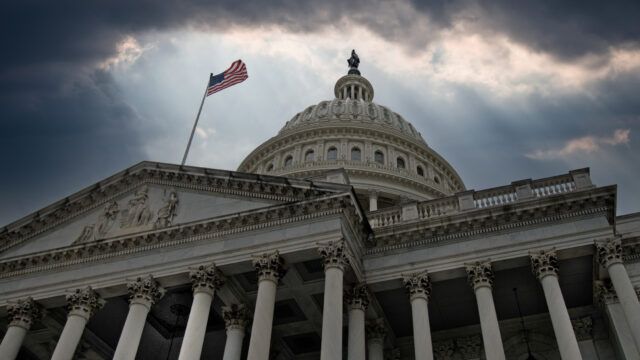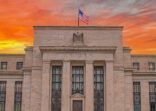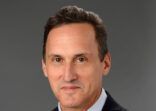The data is converging in the direction of the US Federal Reserve normalising monetary policy, rather than aggressively cutting rates, according to AXA Investment Manager’s Asia chief investment officer Ecaterina Bigos.
“We think normalisation is still on the table versus cutting,” she told FSA in an interview. “I think there has to be quite a drastic next payroll for the Fed to consider a cut.”
“The difference between a cut and a normalisation is: they do 50bps instead of 25bps,” she clarified.
In her view, the Fed has the data it needs to gradually bring rates back to the level of stable economic growth, despite the recent growth scare and triggering of the so-called Sahm Rule.
The rule predicts that when the three-month moving average of the US unemployment rate is at least half a percentage point higher than the 12-month low, a recession has started.
After a weaker-than-expected jobs report triggered the rule, which is widely used by investors as a recession indicator, fears started to mount that the Fed was behind the curve in cutting rates.
If the Fed was forced to act and cut 50bps, Bigos expects it will be negative for risk assets.
“For risk assets to maintain positive momentum, the Fed needs to start normalising monetary policy – not because they have to save the economy, but because the data is converging.”
In her view, the data isn’t conclusive enough to warrant aggressive rate cuts from the Fed, despite what some market participants are pricing-in.
“We do think that the data is converging to where it should be,” she said.
Just a few months ago, there was a broad market consensus and an optimism that the economy was going to achieve a soft landing scenario, or at the very least, avoid a recession.
Since then, disappointing earnings results from some US tech giants and a weak jobs report has rapidly shifted economic growth expectations.
As such, some market participants are expecting over 100 basis points of rate cuts towards the year end, according to Bigos.
However, “our view, and even shared by Claudia Sahm who created this model, is that the data hasn’t been quite consistent, and it has also been conflicting at many times.”
Immigration not factored in
Bigos pointed to immigration as one reason why the unemployment figures may not have been as positive as markets expected.
“Immigration in US has been much more elevated,” she said. “I think this is where I would say it’s a potential deviation from unemployment increasing, but not for the wrong reasons.”
“The wrong reasons will be that companies have started to lay off people.”
She argues that an increase in unemployment from immigration rather than layoffs, is broadly a positive sign for the outlook of the US economy.
“The concern is if unemployment is increasing because firms are becoming a lot more conservative and starting to lay people off.”
Despite these concerns, Bigos says that the economic fundamentals have not yet deteriorated significantly enough to warrant such a growth scare.
“In a situation where you have an economy that has a very tight labour market, particularly where services are at the most tightest, immigration can be a positive catalyst to ease that tightness in the labour market,” she explained.
“The exact dynamics and manifestation of this in the numbers and the statistics will come later.”

















